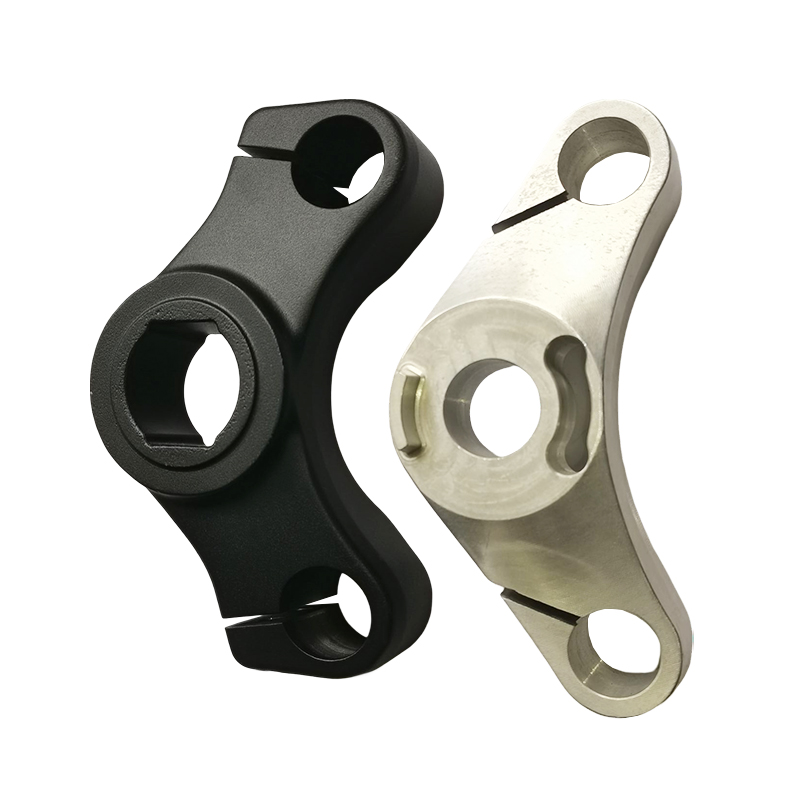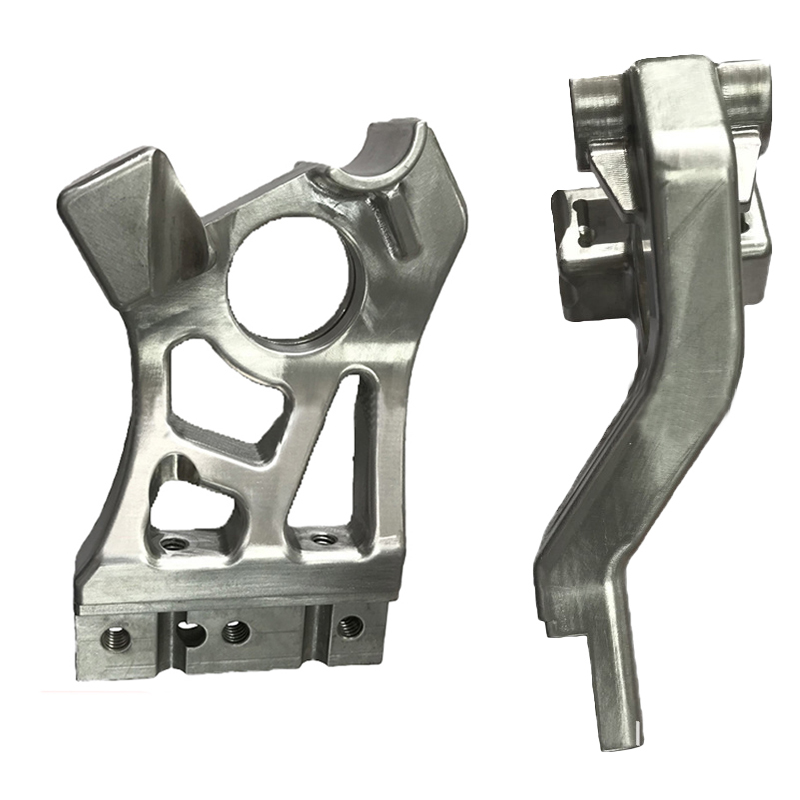
Types of Brake Pads and Brake Discs
Brake calipers are used to clamp brake discs between two pieces to generate braking force. The brake disc that rotates relative to it is fixed. When the brake is applied, it clamps the brake disc to slow down or stop the vehicle.
1,Brake pads
1.It is generally composed of steel plates, bonded insulation layers, and friction blocks. The insulation layer is made of materials that do not transfer heat, with the purpose of insulation (overheating can easily cause the brake system to burn out);
2.The friction block is composed of friction material and adhesive. When braking, it is pressed against the brake disc or brake drum to generate friction, thereby achieving the purpose of vehicle deceleration and braking. Due to friction, the friction block will gradually wear out.
2, Brake disc
1.Brake discs, also known as brake discs, work in conjunction with brake pads and act on the car's braking system;
2.The brake disc is a circular plate that also rotates when the car is in motion;
3.When the brake caliper clamps the brake disc and generates braking force, it clamps the brake disc to slow down or stop the vehicle. The simplest difference between them is that the brake disc rotates like the wheels, but the brake pads remain stationary forever.
3,Types of brake discs
1.Drum brakes
1.The brake drum is equipped with brake pads, and during braking, the brake piston will push the brake pads outward to generate friction with the brake drum, achieving the effect of braking;
2.Drum brakes have a simple structure and low manufacturing cost, and are mostly used in the rear wheels of vehicles;
The disadvantage of drum brakes is poor heat dissipation. As the braking mechanism is enclosed inside the brake drum, heat cannot be quickly dissipated after continuous braking.
2.Disc brakes
1.The brake disc rotates with the wheels. When braking, the brake caliper piston will push the brake pads to clamp the brake disc, generating friction to achieve the braking effect;
2.Compared with drum brakes, the advantages of disc brakes are good heat dissipation, rapid response, average braking force, and good drainage. As the entire braking mechanism is exposed, it is more conducive to heat dissipation.
3.Ventilated disc brake
1.Ventilated disc brakes have many holes in the brake disc, and airflow will shuttle through these holes during driving, resulting in good cooling and drainage effects;
2.Compared to solid discs, ventilated discs are lighter in weight due to the removal of some disc bodies, reducing inertia during rotation and improving vehicle acceleration and braking performance.
4.Drum brake
1.Drum brakes are applied to the rear wheels of vehicles, with brake discs used for braking and brake drums used for parking;
2.The advantage is to reduce the pressure on the brake disc calipers and enable dual braking in emergency situations;
The disadvantage is that the structure is too complex and the cost is high.
5.Disc brake
1.Disc brakes have flat brake shoes on both sides of the brake disc. When the hydraulic pressure of the brake master cylinder is sent to the sub cylinder, the brake shoes are clamped towards the brake disc to achieve a tight braking effect;
2.Disc brakes are currently commonly used for front wheels, and some high-end cars are equipped with four-wheel disc brakes, which have the advantages of sensitive operation, good heat dissipation, no need to adjust brake clearance, and easy maintenance;
3.Vehicles with four-wheel disc brakes are more expensive than those with two wheel disc brakes.









